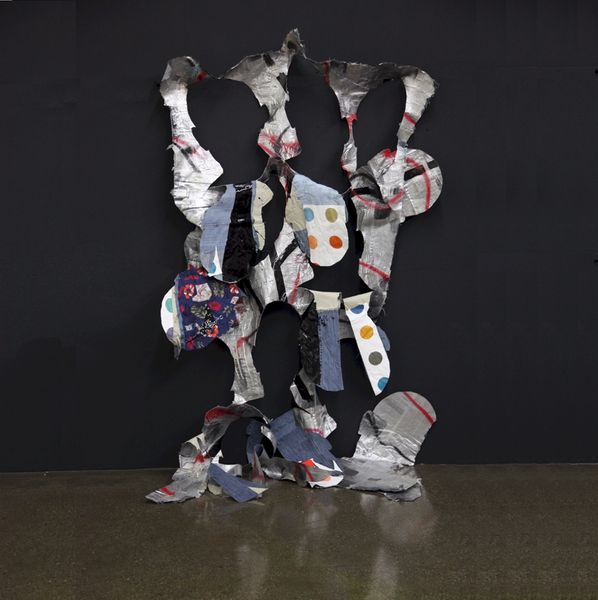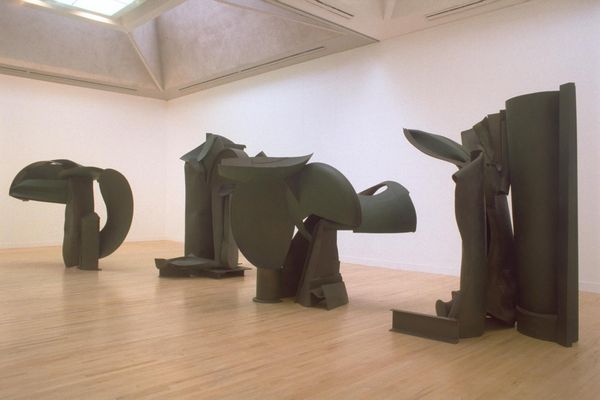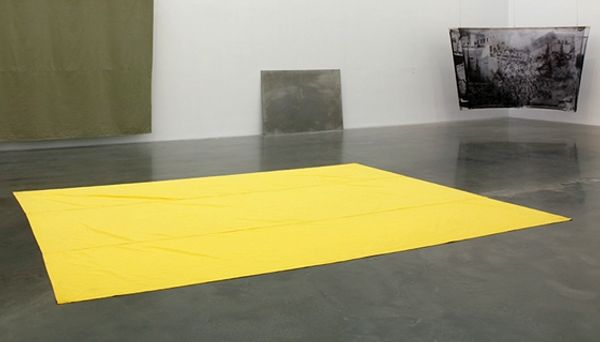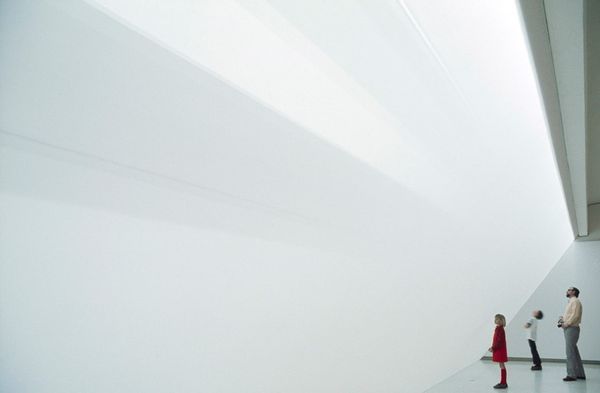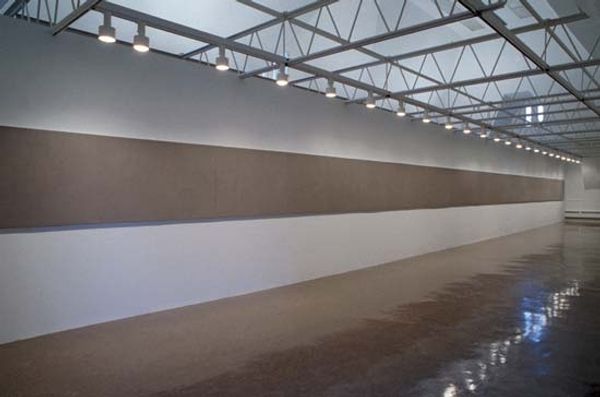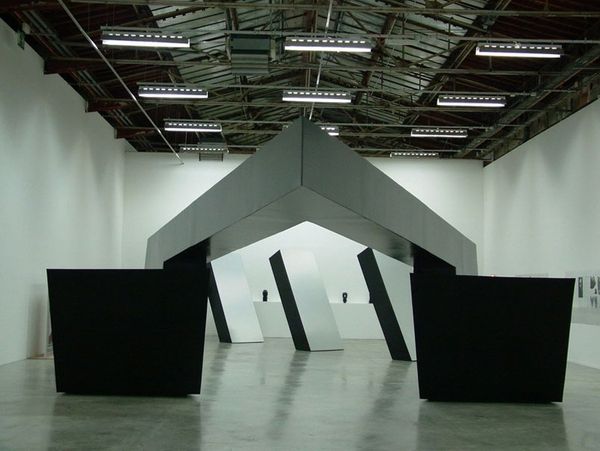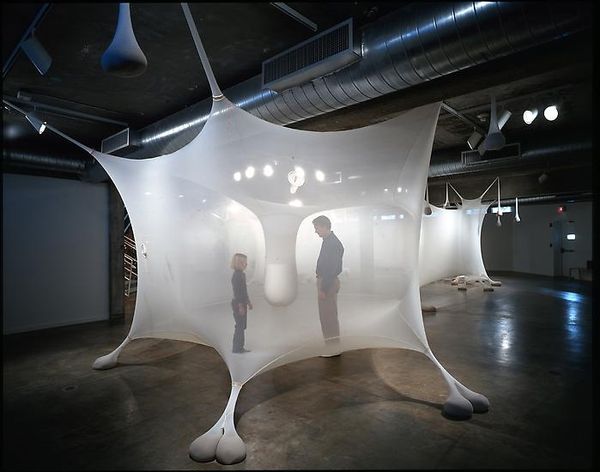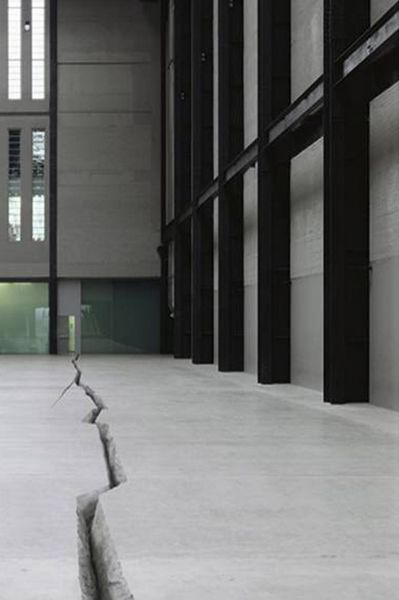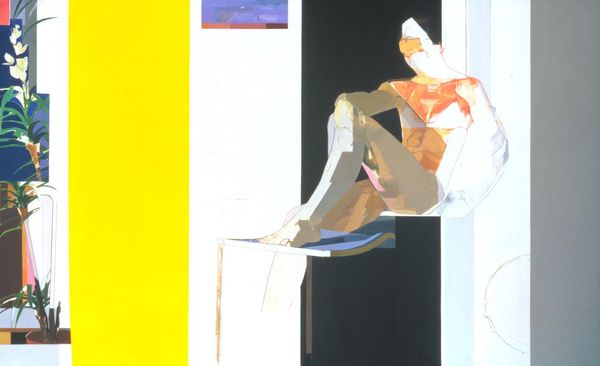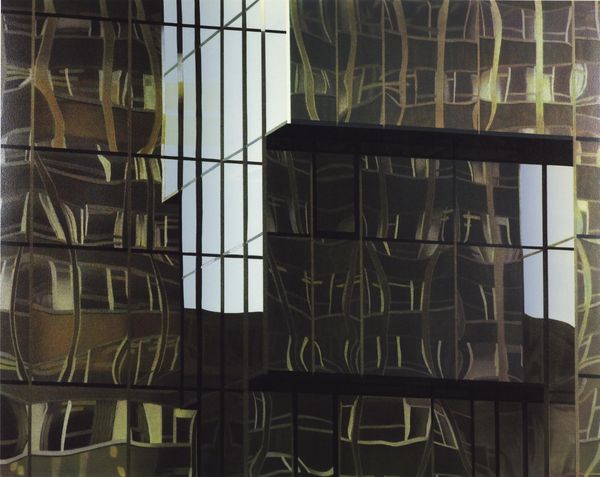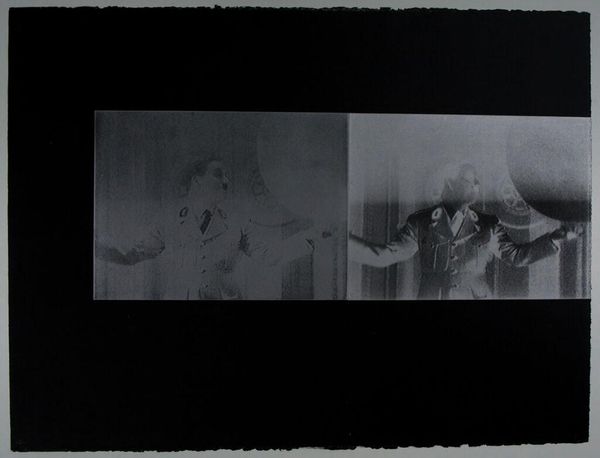
Copyright: © Tania Bruguera | CC-BY-NC-ND 4.0 DEED, Photo: Tate
Editor: Here we see Tania Bruguera's "Tatlin's Whisper #5," showing mounted police amidst a crowd. It feels unsettling, like a disruption. What's your interpretation? Curator: The piece highlights the means of control within public spaces. The presence of uniformed authority figures on horseback, the labor involved, and the social dynamics all point towards power structures at play. How does the setting influence your reading? Editor: I guess I hadn't considered how the museum setting impacts the work. It makes me question the role of art institutions themselves. Curator: Precisely. Bruguera uses the museum as a site to examine the relationship between art, power, and the public. It makes you think about the political role of institutions. Editor: I see how the work's materials aren't just paint or sculpture; it’s the actual performance and the social context that matter. Thanks! Curator: My pleasure. It's a powerful reminder that art isn't just about aesthetics, but also about the labor and social forces behind its production.
Comments
tate about 1 month ago
⋮
http://www.tate.org.uk/art/artworks/bruguera-tatlins-whisper-5-t12989
Join the conversation
Join millions of artists and users on Artera today and experience the ultimate creative platform.
tate about 1 month ago
⋮
Tatlin’s Whisper #5 is a performance work by the Cuban artist Tania Bruguera. During the performance, two mounted policemen in uniform (one on a white horse and one on a black horse) are brought into the museum or exhibition space. They patrol the space, guiding and controlling the audience by using a minimum of six crowd control techniques. These include actions such as closing off the gallery entrance or entrances, pushing the audience forward with lateral movements of the horses, manipulating the audience into a single group and encircling it to tighten the group, frontal confrontation with the horse, and breaking up the audience into two distinct groups.

